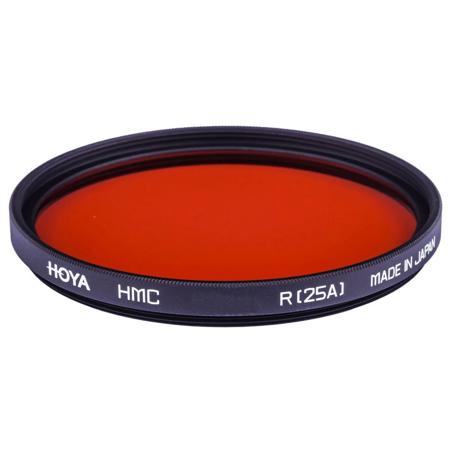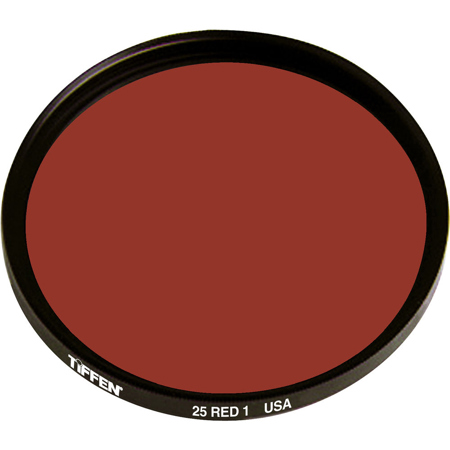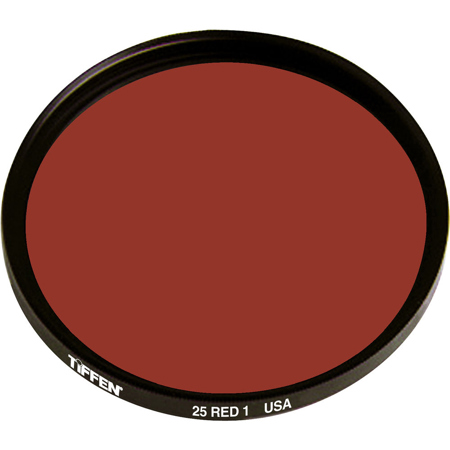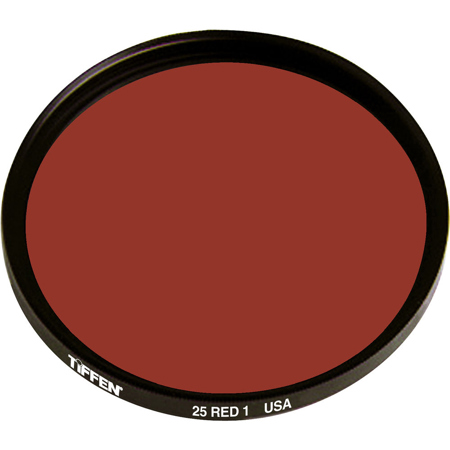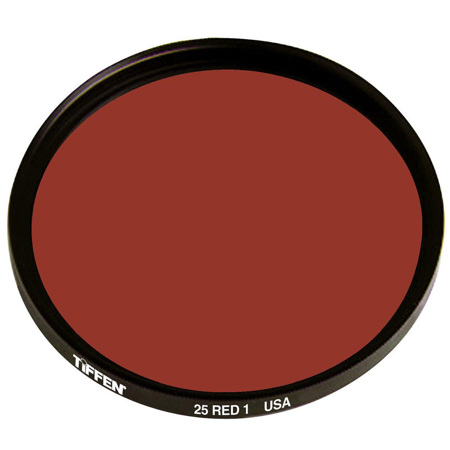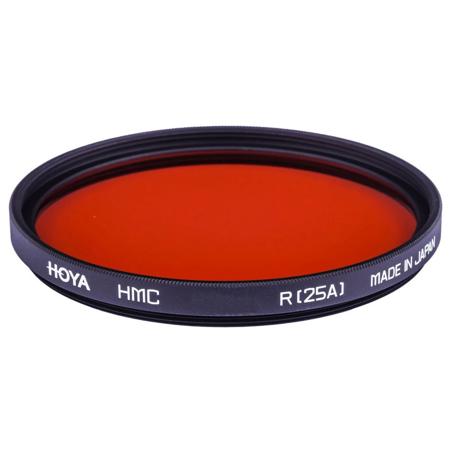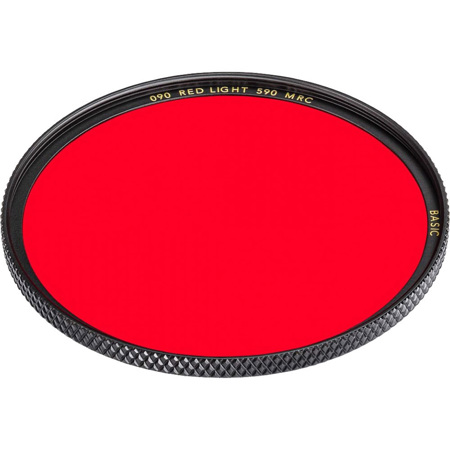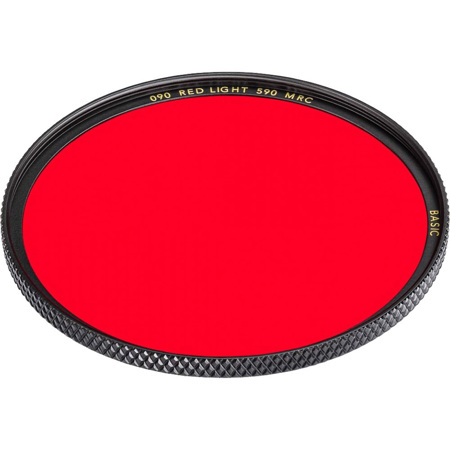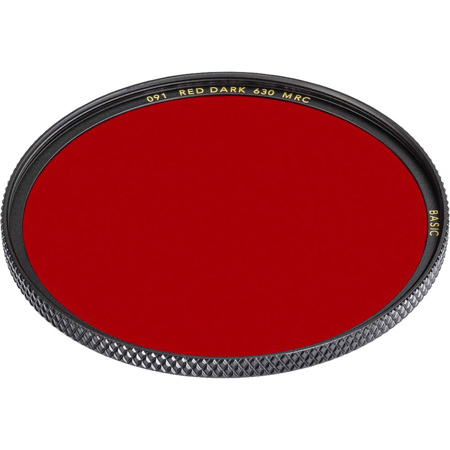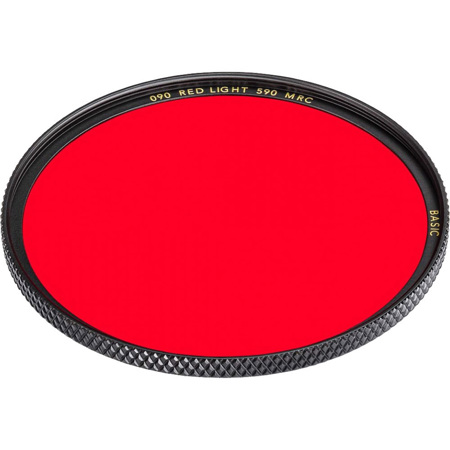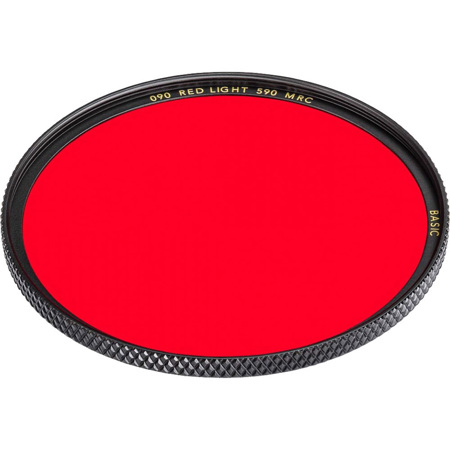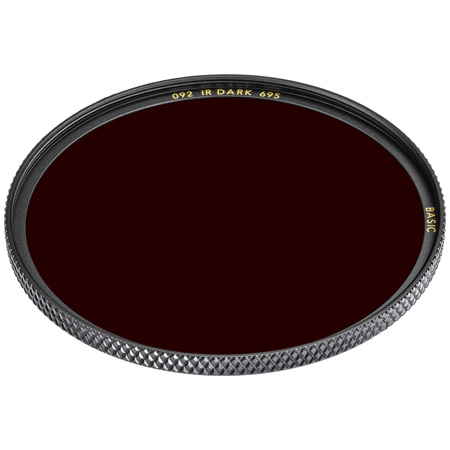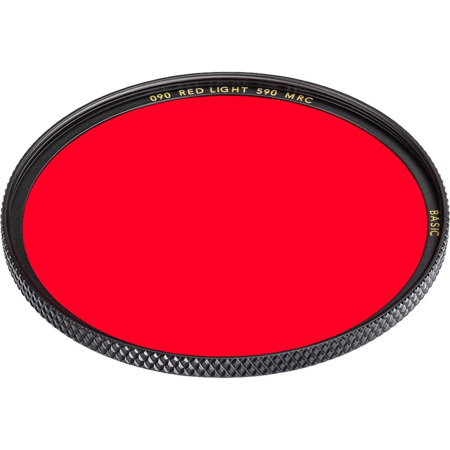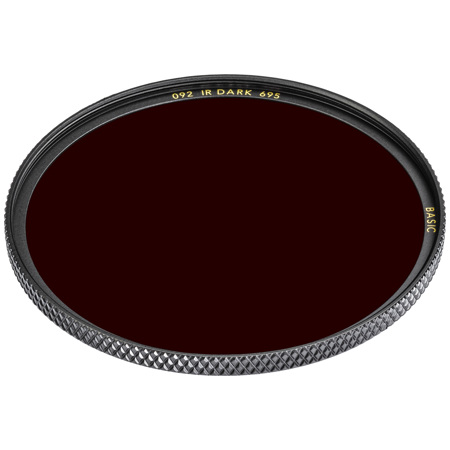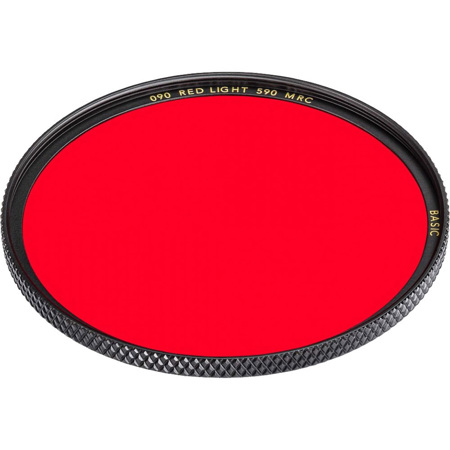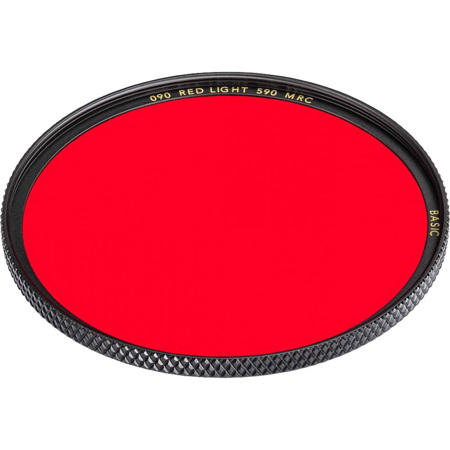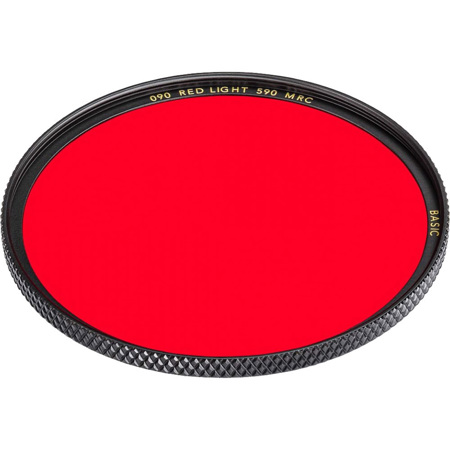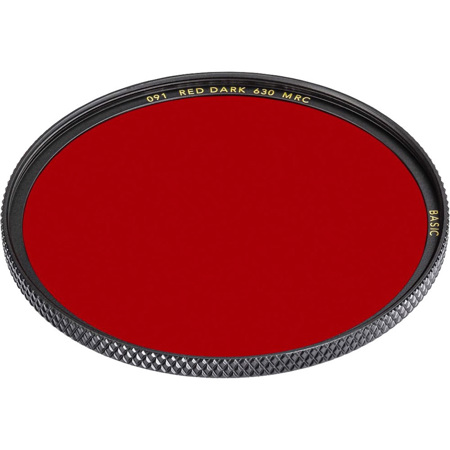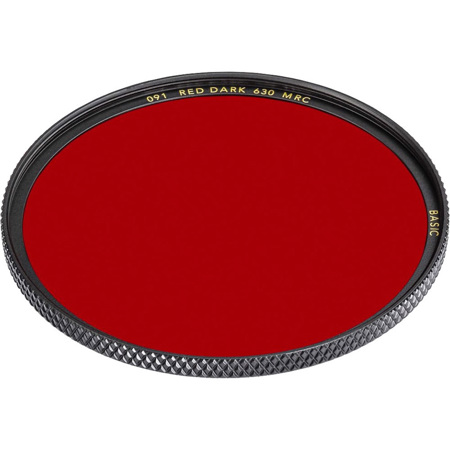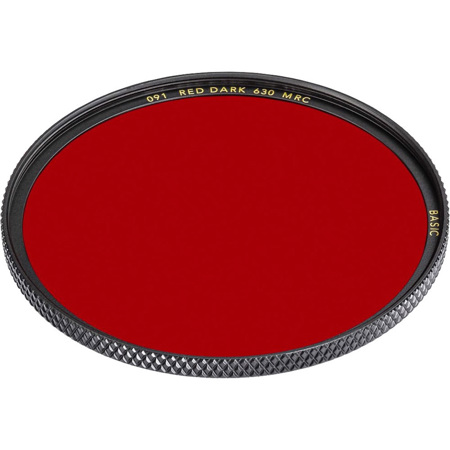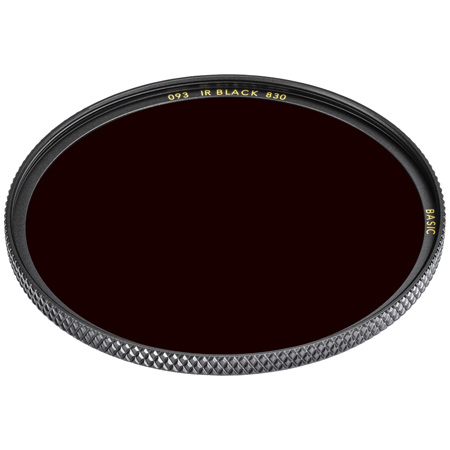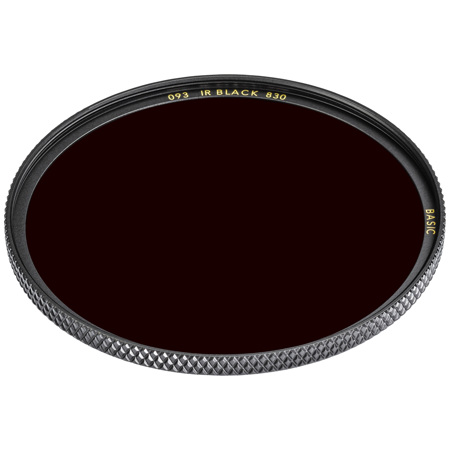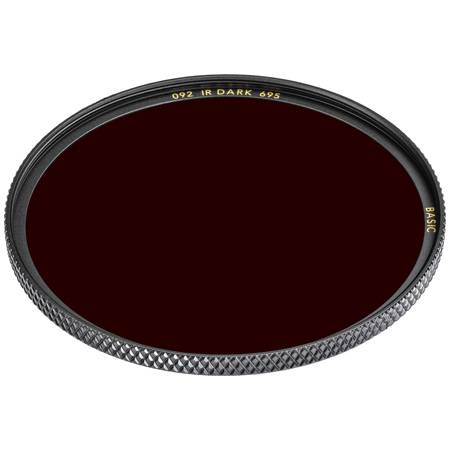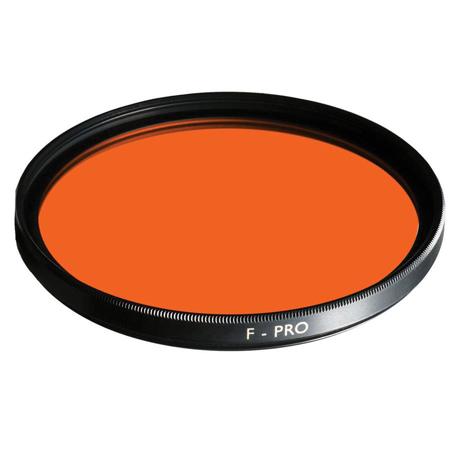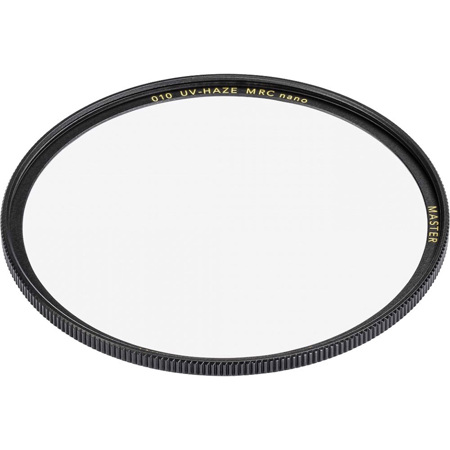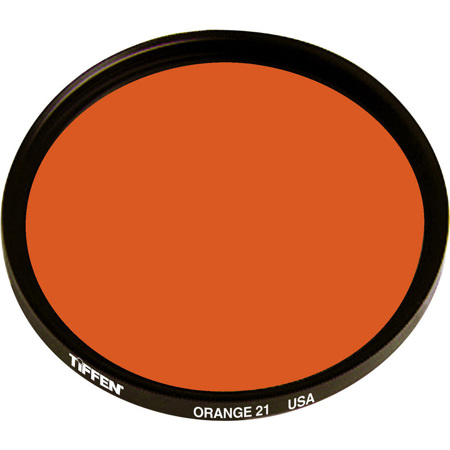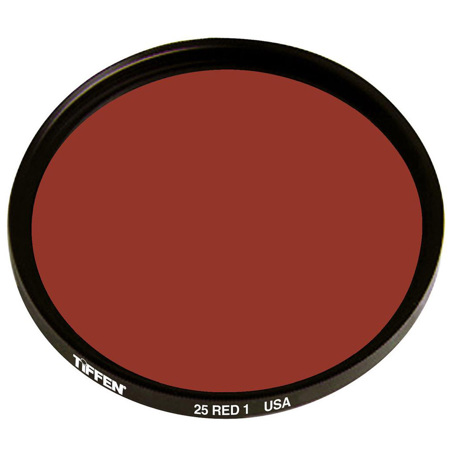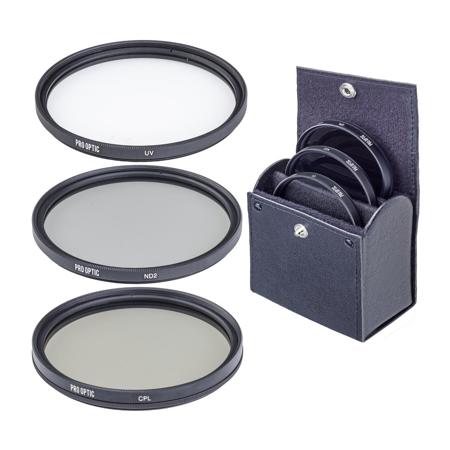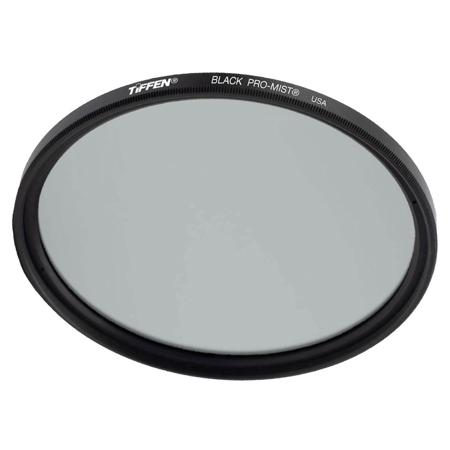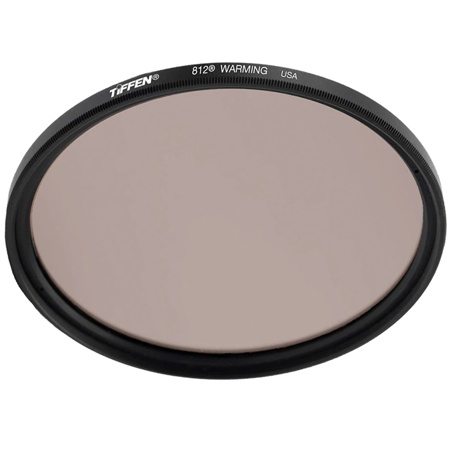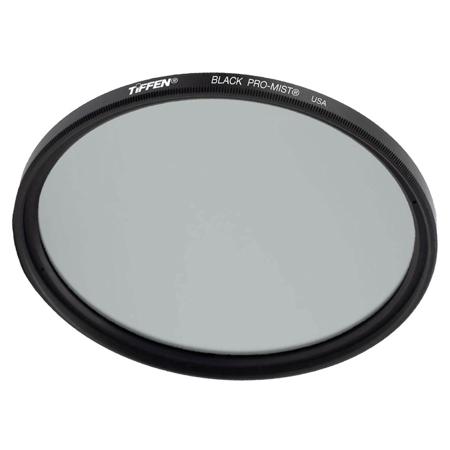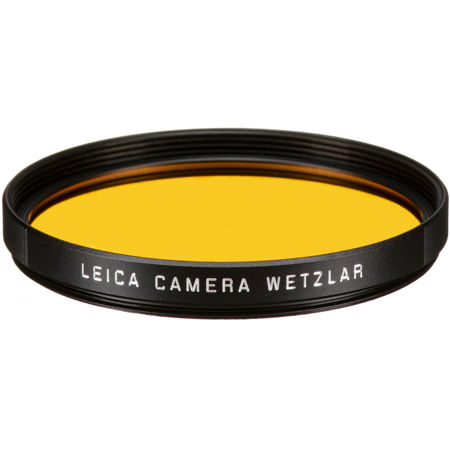Red Filters For Black And White Photography
For photographers who are passionate about exploring the expressive range of black and white imagery, red filters have long been a staple accessory in their creative toolkit. The striking effect of a red filter black and white photography workflow is unmistakable: skies deepen to dramatic, moody tones, clouds pop with sculptural clarity, and foliage takes on an almost ethereal glow. Whether you’re shooting classic landscapes in the crisp light of early autumn or capturing urban architecture as the days grow shorter in September, a black and white red filter can transform the ordinary into something extraordinary. The magic lies in how the filter manipulates contrast—by blocking blue and green wavelengths while allowing red to pass, it darkens skies and lightens reds and oranges, lending a timeless, cinematic quality to your images.
Understanding what does a red filter do in black and white photography is key to unlocking its full potential. A dark red filter, for example, can create especially bold effects, making it popular among landscape photographers who want to emphasize cloud formations or add drama to wide-open vistas. Street photographers and portrait artists also find value in these filters, as they can subtly brighten skin tones and bring out textural details that might otherwise be lost. For students and hobbyists experimenting with film or digital monochrome, the red filter offers a hands-on lesson in the interplay of light, color, and contrast. It’s also a thoughtful gift for anyone beginning to explore analog photography or looking to deepen their understanding of photographic technique—a black and red filter can open new creative avenues and inspire fresh approaches to familiar subjects.
When selecting a red filter for black and white photography, consider the intensity of the filter, the thread size for your lenses, and the compatibility with your current gear. Some photographers prefer a lighter red for more subtle contrast, while others gravitate toward a dark red filter for maximum impact. It’s important to match the filter to your shooting style and the lighting conditions you most often encounter. Autumn, with its rich palette and shifting weather, is a particularly rewarding season to experiment with these filters—imagine capturing the fiery reds of September foliage rendered in luminous whites against a brooding sky. For those interested in expanding their creative toolkit even further, exploring the broader world of photographic filters can be incredibly rewarding; you can find more inspiration and practical advice in our curated guide to the Best Filters For Photography. Whether you’re just starting out or looking to refine your artistic vision, a red filter is a versatile, indispensable companion for anyone serious about the craft of black and white photography.
Understanding what does a red filter do in black and white photography is key to unlocking its full potential. A dark red filter, for example, can create especially bold effects, making it popular among landscape photographers who want to emphasize cloud formations or add drama to wide-open vistas. Street photographers and portrait artists also find value in these filters, as they can subtly brighten skin tones and bring out textural details that might otherwise be lost. For students and hobbyists experimenting with film or digital monochrome, the red filter offers a hands-on lesson in the interplay of light, color, and contrast. It’s also a thoughtful gift for anyone beginning to explore analog photography or looking to deepen their understanding of photographic technique—a black and red filter can open new creative avenues and inspire fresh approaches to familiar subjects.
When selecting a red filter for black and white photography, consider the intensity of the filter, the thread size for your lenses, and the compatibility with your current gear. Some photographers prefer a lighter red for more subtle contrast, while others gravitate toward a dark red filter for maximum impact. It’s important to match the filter to your shooting style and the lighting conditions you most often encounter. Autumn, with its rich palette and shifting weather, is a particularly rewarding season to experiment with these filters—imagine capturing the fiery reds of September foliage rendered in luminous whites against a brooding sky. For those interested in expanding their creative toolkit even further, exploring the broader world of photographic filters can be incredibly rewarding; you can find more inspiration and practical advice in our curated guide to the Best Filters For Photography. Whether you’re just starting out or looking to refine your artistic vision, a red filter is a versatile, indispensable companion for anyone serious about the craft of black and white photography.
